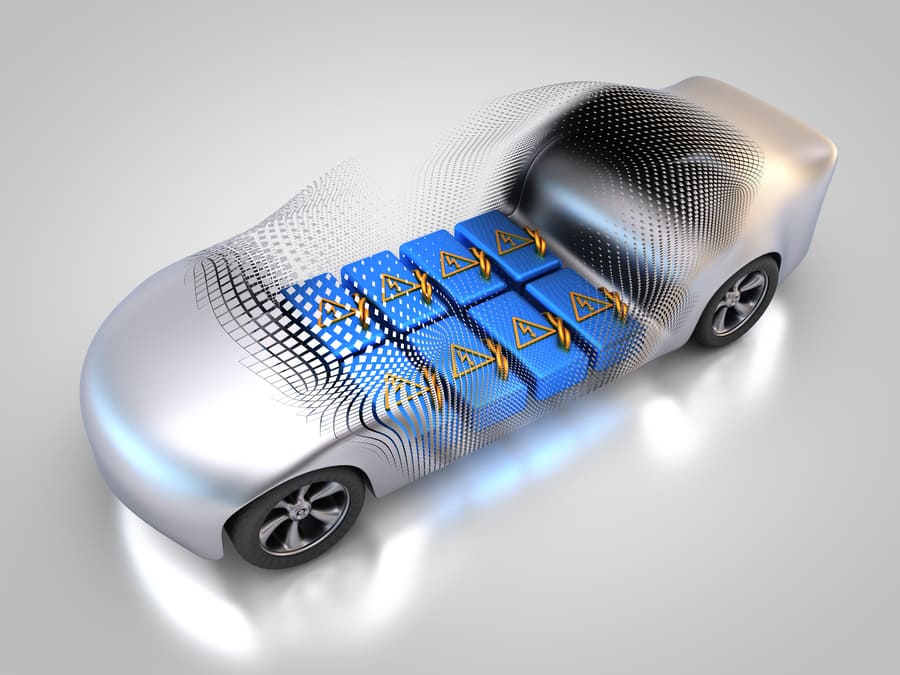
All around the world, the electric vehicle industry is seeing a huge surge in demand as governments and car manufacturers are pushing for an electric vehicle (EV) revolution. According to the International Energy Agency, global EV sales are projected to reach 145 million by 2030. Although the batteries for electric cars are more expensive to produce, an electrified power unit has a few advantages over the internal combustion engine, including lower maintenance and running costs, and zero emissions. However, consumers still have many questions concerning the durability, range and life cycles of these vehicles. This guide will cover the key topics for EV batteries.
How do electric car batteries work?
Unlike conventional car batteries which are mainly used for starting the engine and powering electrical appliances, these batteries are the key source of power for the entire vehicle. The electricity stored in the battery pack is converted into AC current by an inverter and then supplied to the electric motor, which turns the car wheels. All-electric vehicles and some hybrids feature regenerative braking systems, which reuse the energy generated when braking to recharge the battery. However, this is not sufficient by itself, as the charge will eventually get too low. The rechargeable cells can be topped up with electricity at a charging point or by plugging the charger into a regular power outlet.
Types of batteries used in EVs & HEVs
Due to the scarcity of certain raw materials and high costs of using them in production, manufacturers are looking for cheaper alternatives to make the market more secure and accessible. The Chinese manufacturing giant CATL announced that it will start using sodium cells in its battery packs in 2023. Not only is it more cost-effective, but the material performs comparatively well in cold conditions.
Battery capacities
One of the main concerns among motorists about all-electric vehicles is related to their range and power output, which largely depends on the capacity of the power unit. In simple terms, the capacity is the maximum amount of energy that the battery pack can store. The gross capacity refers to the total amount of electricity stored, whereas the net capacity is the amount that can actually be used to propel the car.
An electric car’s battery capacity is measured in kilowatt-hours, indicating how much power the unit can supply within a certain time period. Generally speaking, the larger the pack is (and heavier the vehicle is), the higher this value will be. For example, a Mini Cooper SE weighs around 1440 kg and only has a capacity of 32.6 kWh and a real range of 185km. For comparison, a Mercedes EQC 400 weighs just under 2,500kg, has a capacity of 85 kWh, and a range of 370 km. Tesla’s Model S is currently the champion among electric cars (100 kWh), but General Motors has announced its plans to install 200 kWh batteries in future models.
It is important to note that there are many other factors that could affect the range such as the weather, road conditions, efficiency of the motor, and average speed that the vehicle is driven at.
How long do electric car batteries typically last?
Just like the battery in your mobile phone, car batteries degrade over time, resulting in a decrease in range, power output, and efficiency. Most power units are expected to last around 8-10 years or more, and most manufacturers offer a warranty period of up to 100,000 miles. However, there are a few common driving and maintenance errors that can contribute to accelerated degradation. For example, some EV owners frequently let the battery charge drain out until it’s almost empty and then charge it till it’s full. Overcharging it can also have a detrimental effect. It is better to keep the charge somewhere between 20% to 80% to avoid this situation. Prolonged exposure to extreme high or low temperatures can also affect the performance of the batteries.
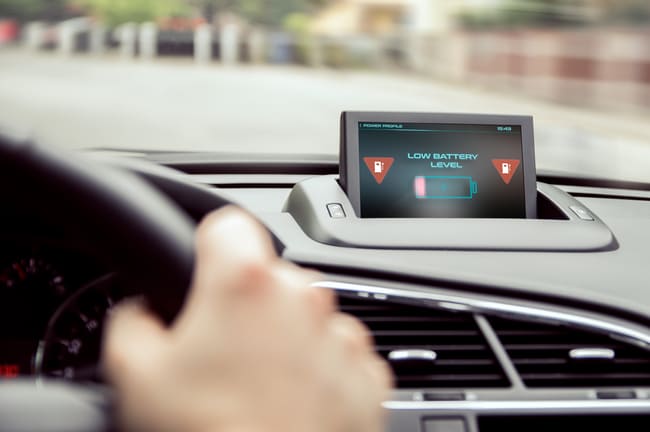
Despite this, the average degradation rate for modern vehicles is very low; on average, there is only a 1-2% decrease in range per year. This may not be the case for all battery packs and electric vehicles as not all of them are made equally. If you are going to invest in an all-electric vehicle, it is worth looking into the ratings for the best electric cars that are available on the market, as well as their net capacities, the type of battery, and discharge rates.
Replacement costs
The price of an electric car battery will largely depend on its capacity, range and power output. Over the last decade, prices have fallen by 87% as more electric vehicles have been produced and introduced to the market. At the moment, prices can range from a few thousand pounds to around £10,000. It is important to check the conditions of the manufacturer warranties as some only cover complete battery failure, and others will cover the replacement if the power unit’s capacity falls below a certain percentage.


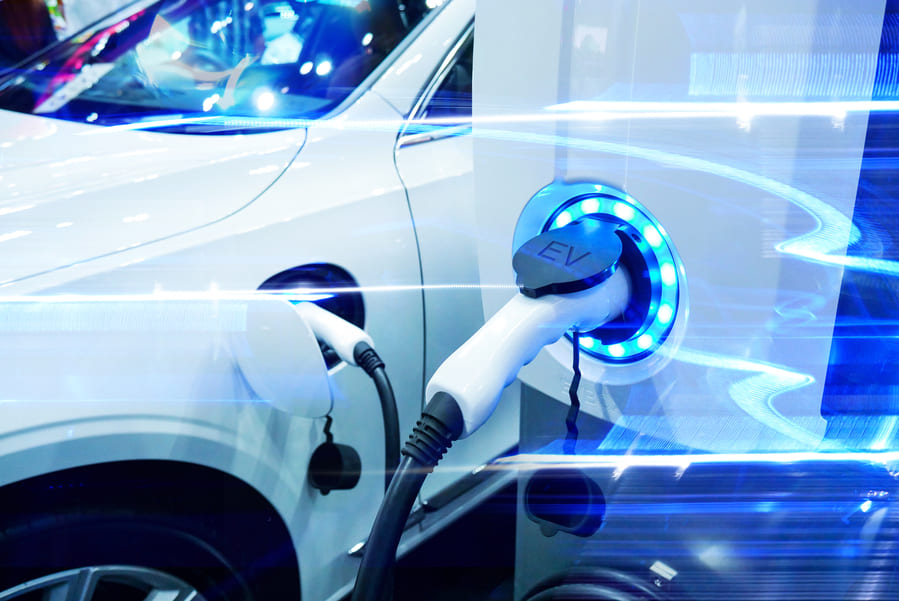
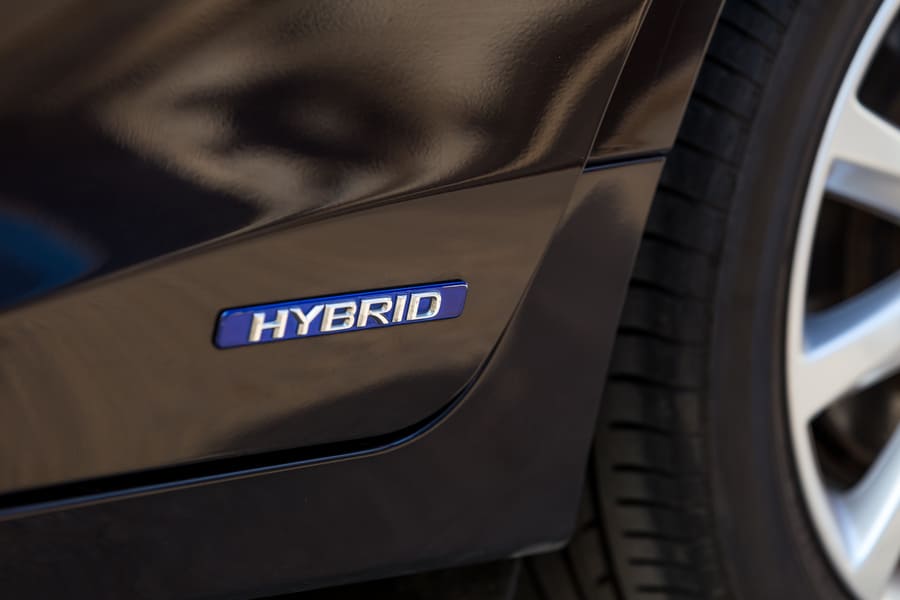


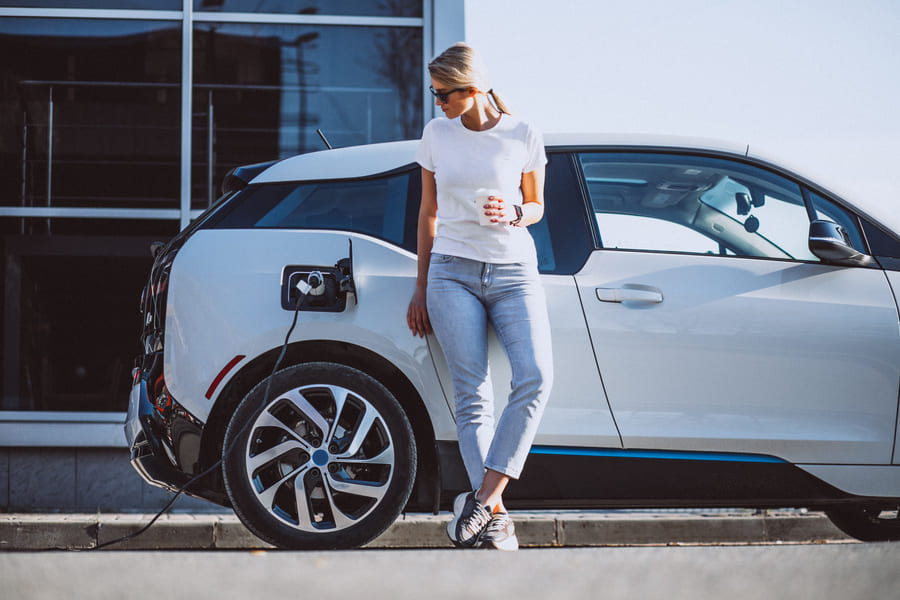
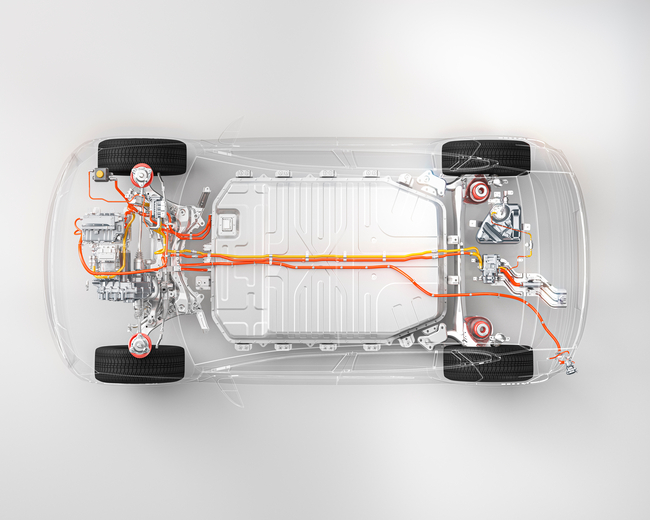
Comment